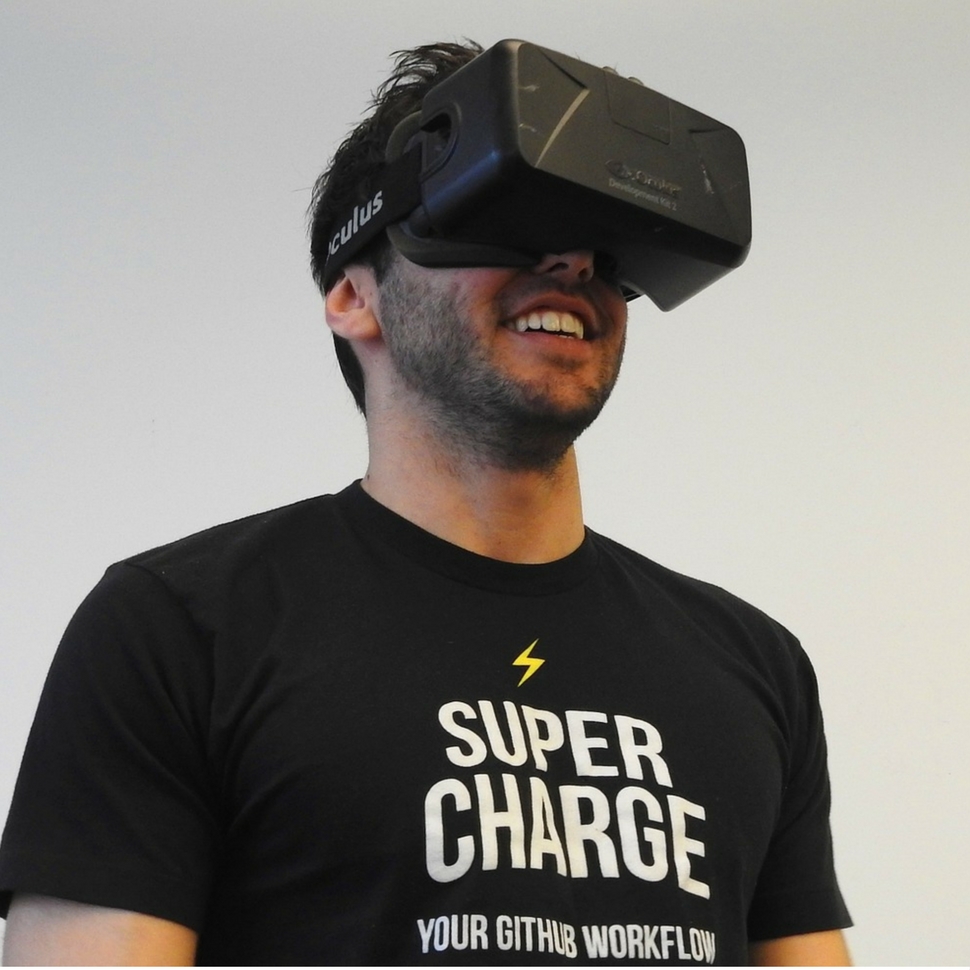Guest post by Anne-Kathrine Utzon, MatchOffice. The article was originally published here.
This article is part of our workspace best practices series.
Virtual tours give flexible workspace operators the chance to get involved in the Virtual Reality revolution.
Virtual Reality technology has been used for several years, but it wasn’t not until recently that it gained significant momentum.
“Virtual Reality makes it possible to teleport to another place. It makes you feel like you are not just looking at another world but that you are actually in another world. By wearing Virtual Reality glasses and downloading an app you can travel to other places and even other galaxies,” says Jarle Fink Kondrup, a Senior Lab Agent at Innovation lab.
“If I have to explain VR in a simple way, I would describe it to be an interactive fantasy world where everything is possible.”
He points to the fact that you have to try it in order to really understand it.
The new way of showing-off your workspace
Virtual Reality’s groundbreaking ability to create a digital, realistic experience makes it possible for businesses to promote themselves in a new, innovative way in the future.
The technology will soon put its mark on the real estate industry, providing flexible workspace operators with a chance to be a part of the Virtual Reality trend.
“In the near future, clients will be able to experience the virtual workspace tours in Virtual Reality – by using VR-glasses. This means that by using their smartphones, potential members are able to get the feeling of your workspace; they get to experience what it physically feels to step into the workplace and gives them the opportunity to explore the space,” says Matt Marsh, Google Certified photographer at MatchOffice.
“It is a new and interactive way to explore a serviced workspace online, and it will create value for both clients and the serviced offices.”
Therefore, we at MatchOffice are about to develop a feature on our new MatchOffice sites together with Walkinto.in. This feature will make it possible for potential members to see the virtual tours in Virtual Reality.
A More Efficient Process
When clients are searching for a workspace solution, they often visit several centers, and each workspace operator they visit spends a lot of time showing off their premises. This process of showing-off a workspace can be a lot faster if the potential member is able to explore the workspace through a Virtual Reality tour.
According to Matt Marsh, using Virtual Reality to give workspace tours will make the process easier for both the potential members and for the workspace provider itself.
“Potential members will have the opportunity to explore the workspaces that they are interested in in details and get a realistic sense of the place by simply using their smartphones or computers.”
This way, they are able to get a much better idea of which serviced workspace best suits them and their needs. Additionally, using Virtual Reality to get to know a workplace can save valuable time and resources for the potential client and the operator, as prospects are likely to limit their physical workspace visits to only those that they are truly interested in.
Giving potential members ‘a taste’ of your workspace through virtual reality also gives them greater knowledge about your offerings, which leads to an improved dialogue between your workspace and your future client.
The future of Virtual Reality
“In the next two-three years, the development of Virtual Reality will move at an incredible pace.” – Jarle Fink Kondrup.
Google, Microsoft, Samsung, HTC and Facebook are already pushing this trend with their headsets, platforms and content. But many more are entering the Virtual Reality field.
“The market is still nascent, and this creates the opportunity to become first movers – like the app market when it first started taking off.”
There is no doubt that VR technology is here to stay, and that it will revolutionize industries with wide-ranging impacts (including the workspace-as-a-serivce industry). Which is why we recommend to prepare a solid business or marketing strategy that embraces VR.
“Virtual Reality is going to be the foundation of future communication, future social platforms, future travels, future organizations and much, much more”.
Virtual Reality in Technical Terms
If you are to explain virtual reality in technical terms, the technology allows you to interact with a computer-simulated environment. This happens through screens or stereographic displays such as glasses, and it can be combined with sound and other senses. The simulated environment can be recorded from the real world or be built as an artificial 3D world. This is how Senior Lab Agent, Jarle Fink Kondrup, explains it.


 Dr. Gleb Tsipursky – The Office Whisperer
Dr. Gleb Tsipursky – The Office Whisperer Nirit Cohen – WorkFutures
Nirit Cohen – WorkFutures Angela Howard – Culture Expert
Angela Howard – Culture Expert Drew Jones – Design & Innovation
Drew Jones – Design & Innovation Jonathan Price – CRE & Flex Expert
Jonathan Price – CRE & Flex Expert












